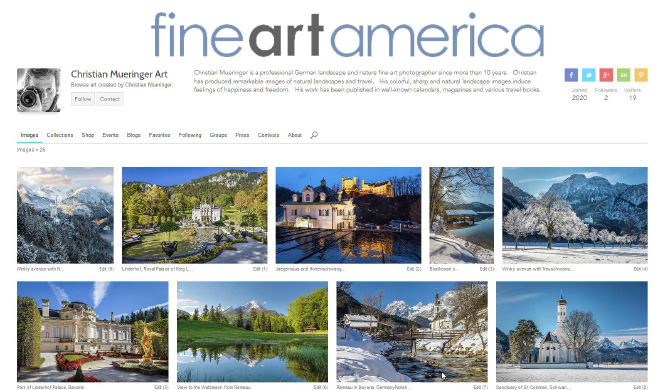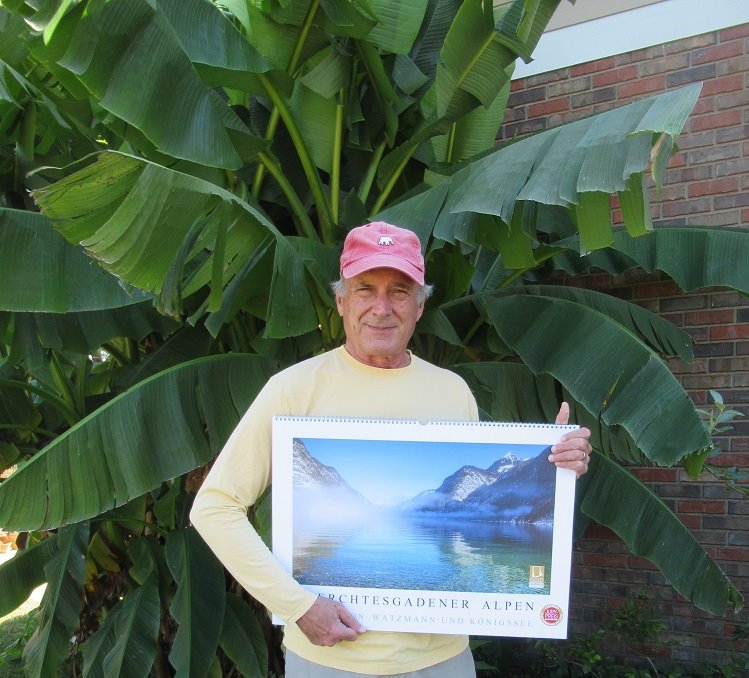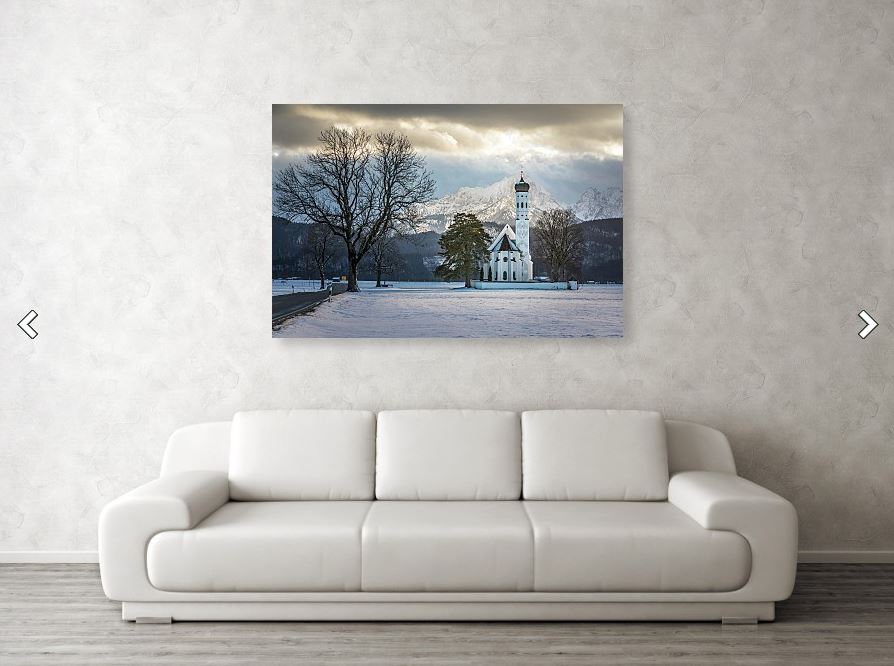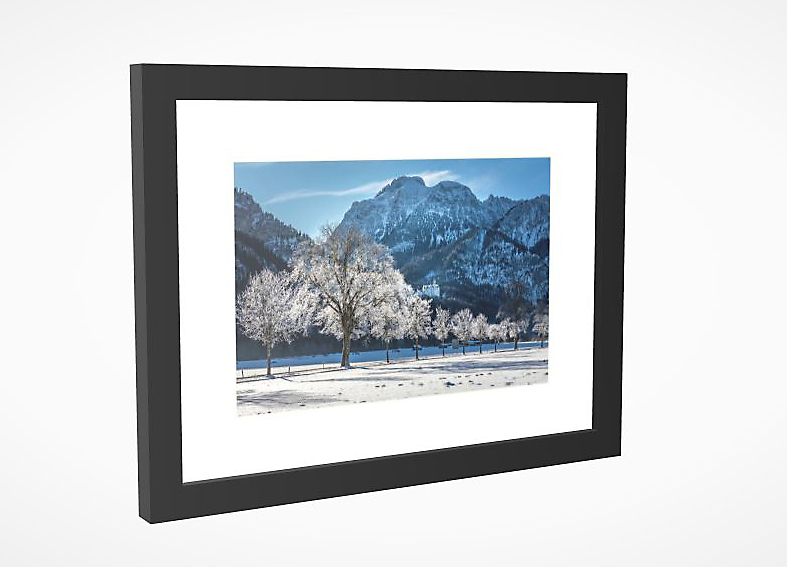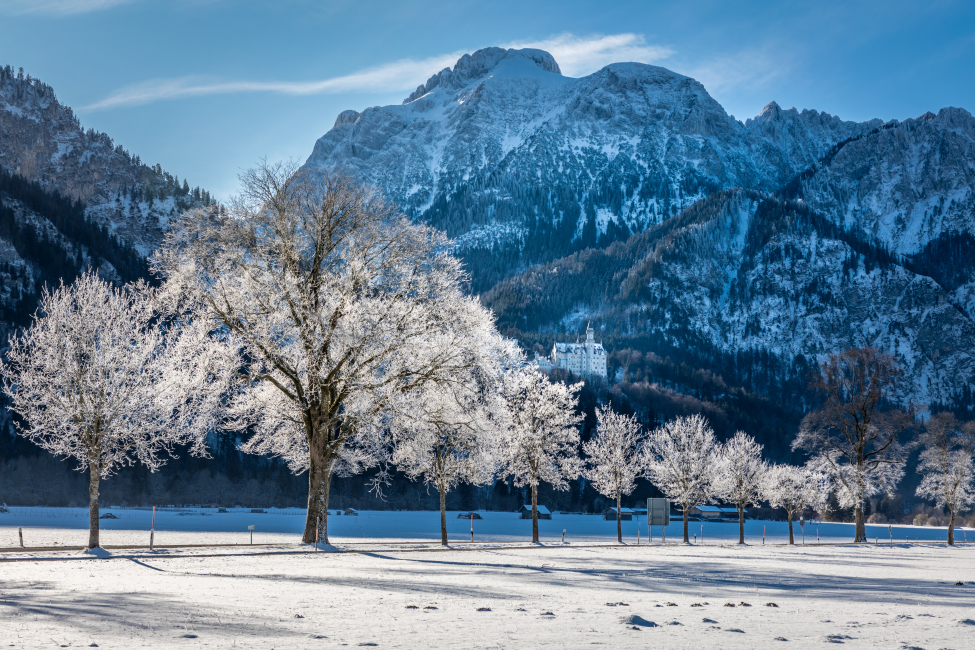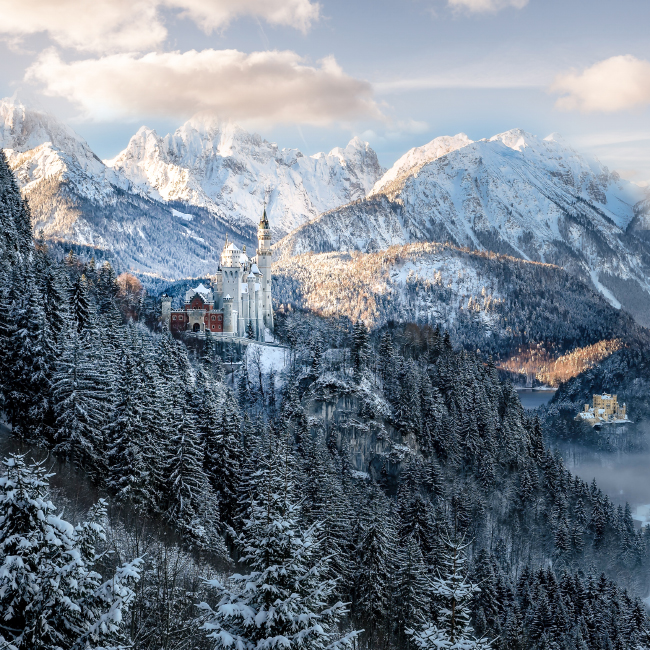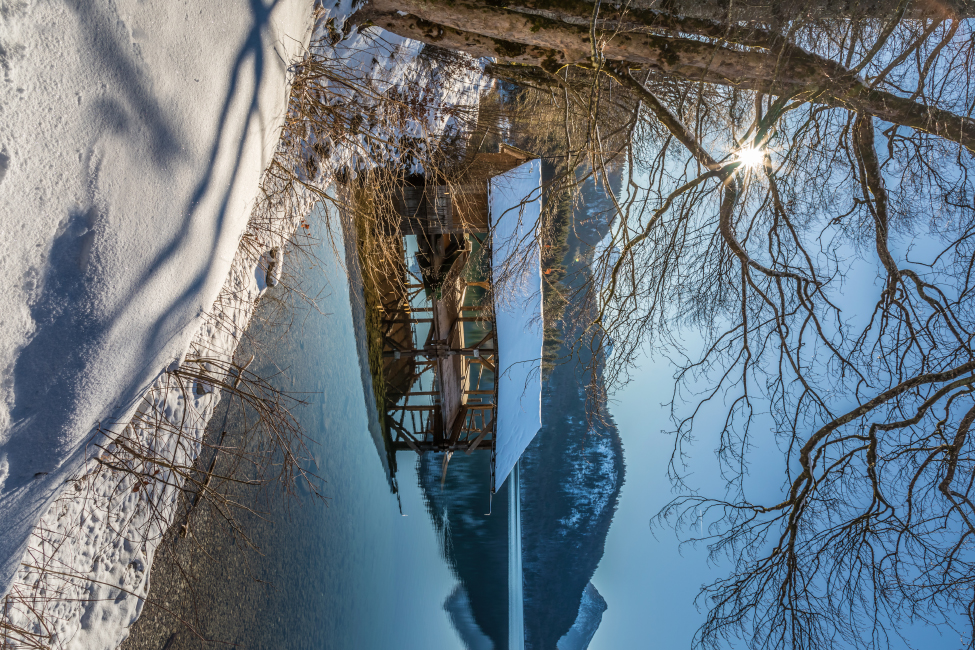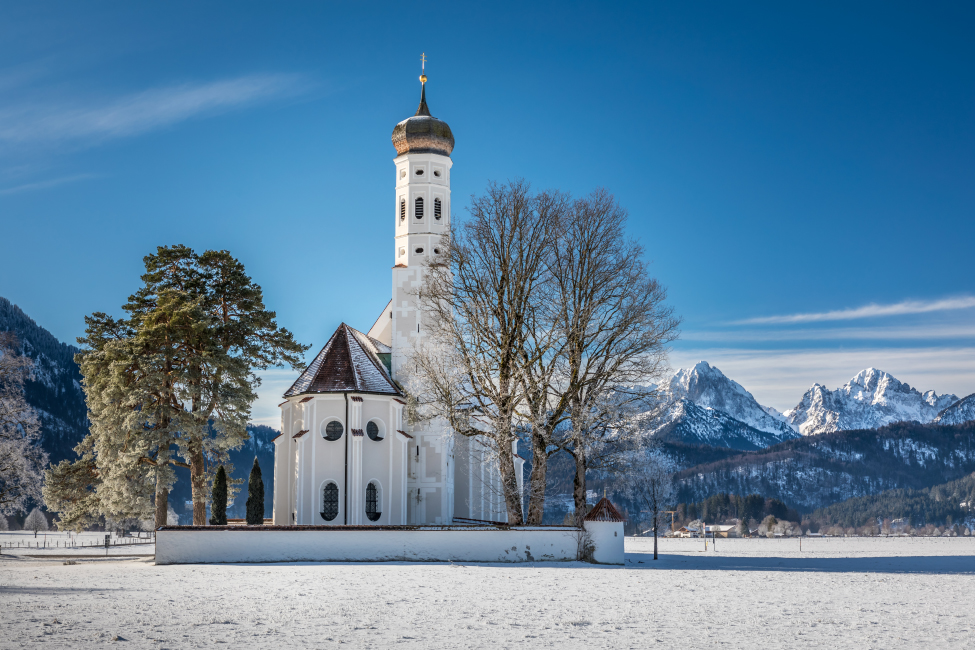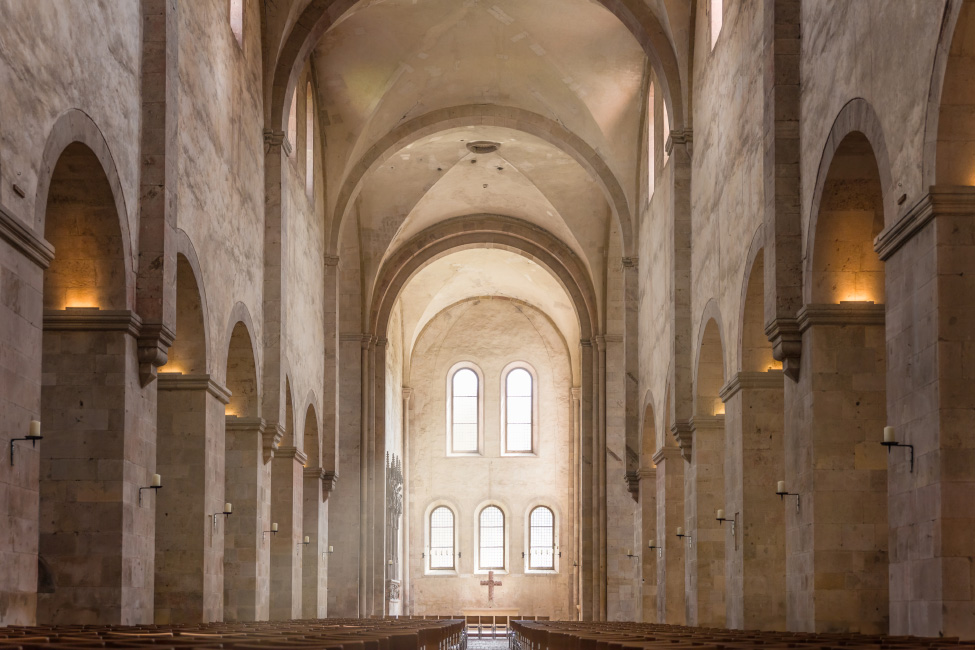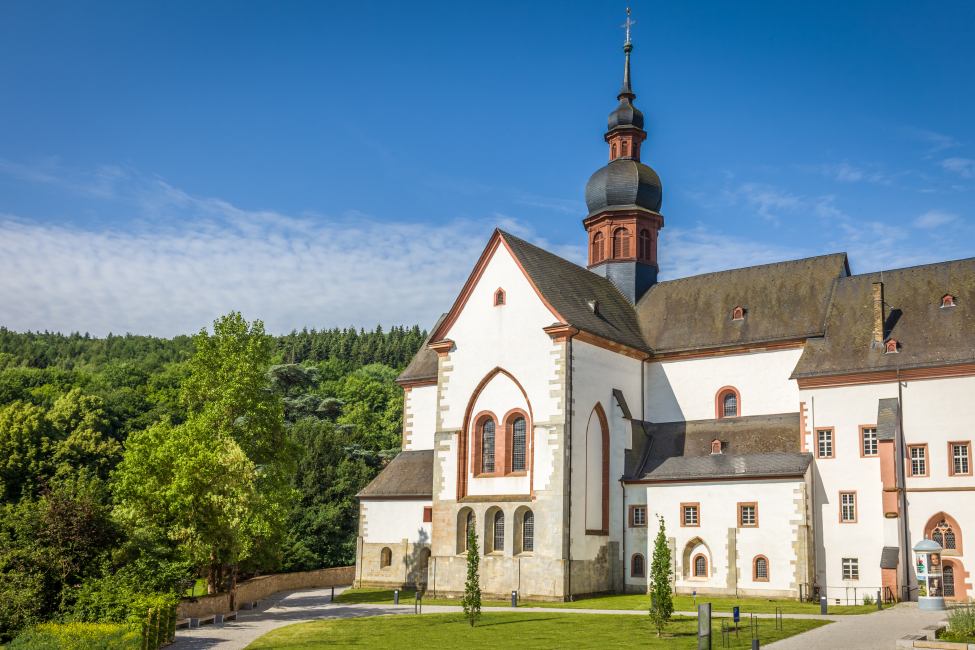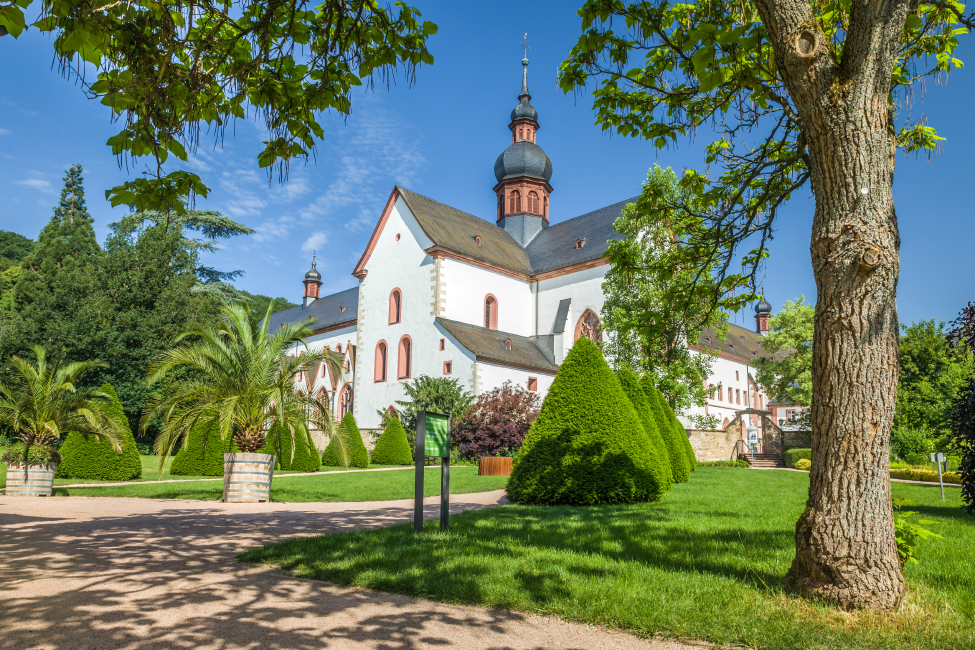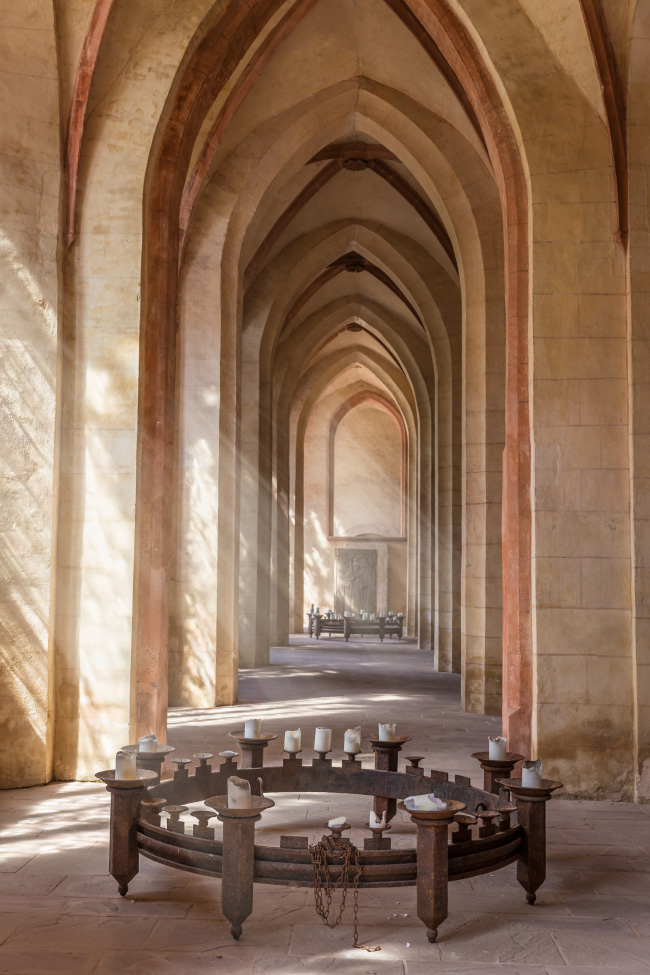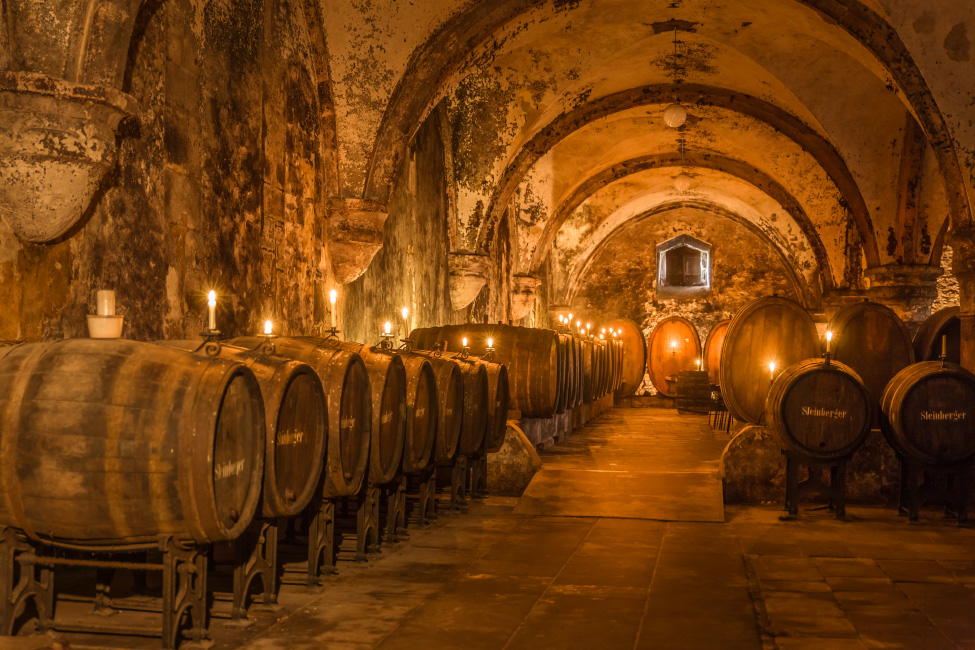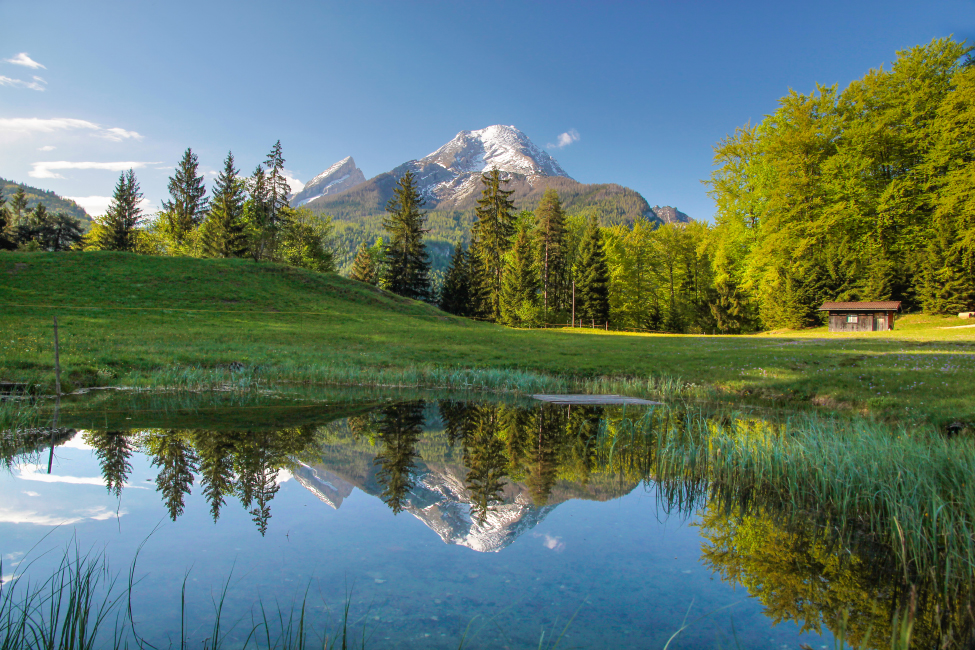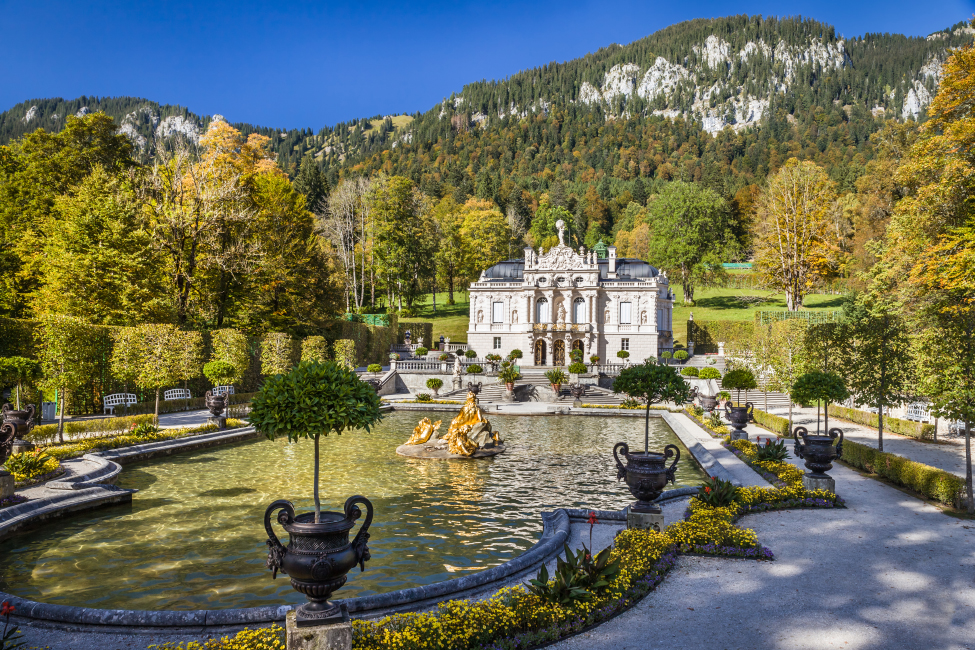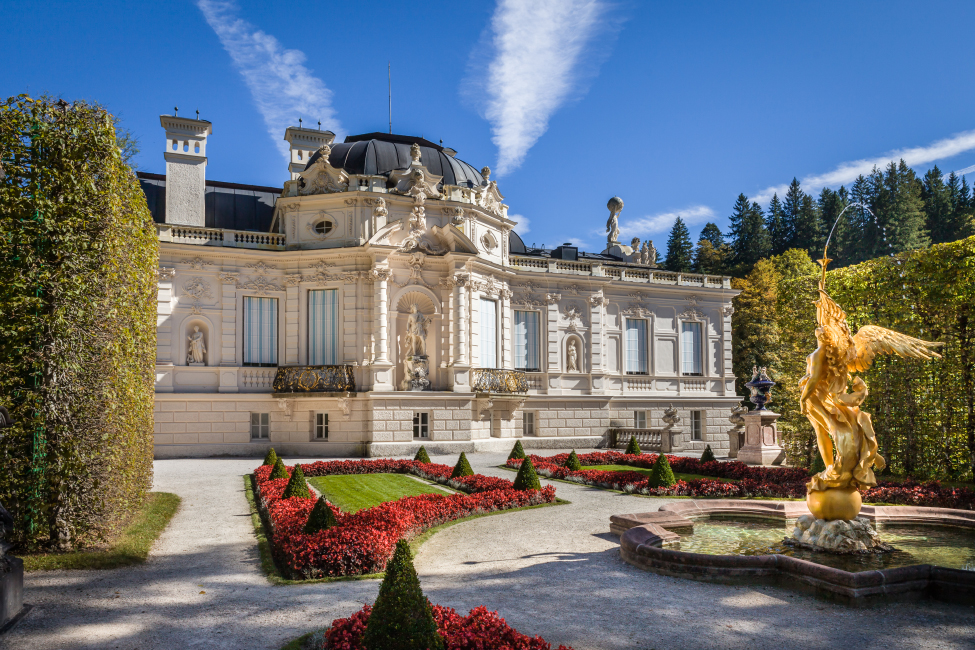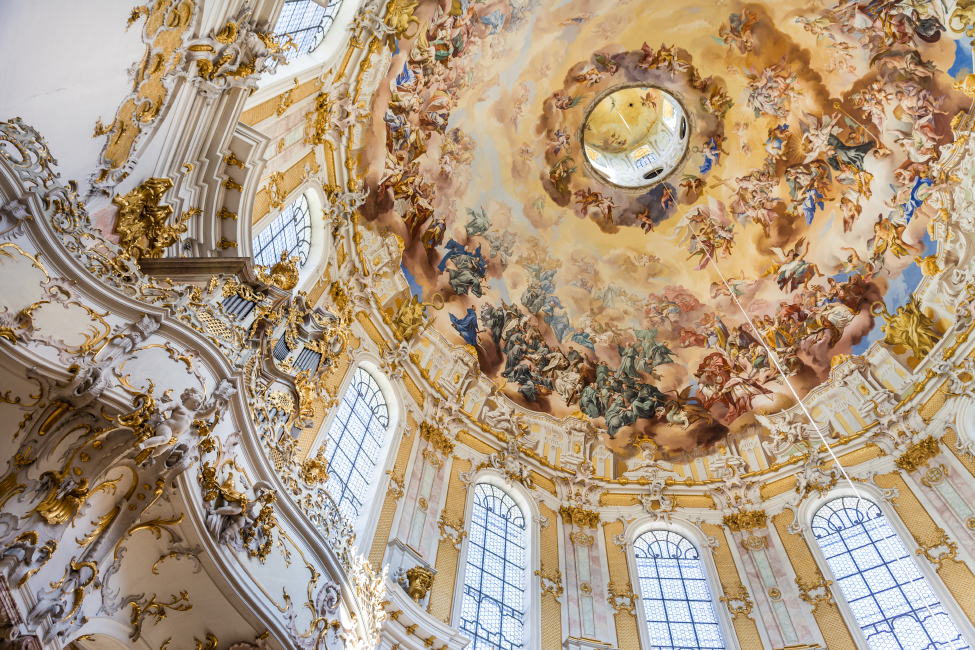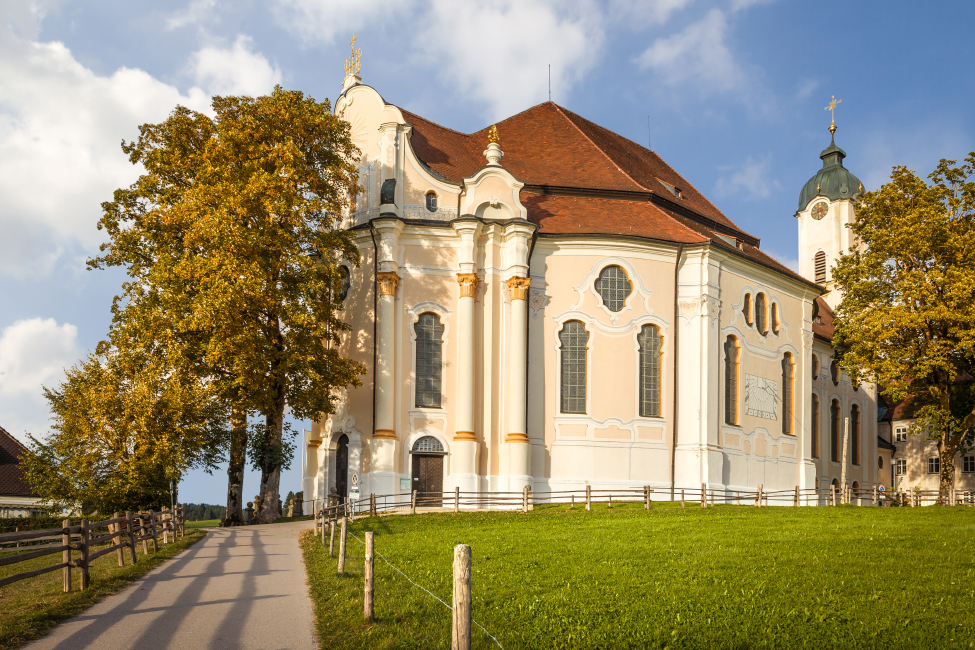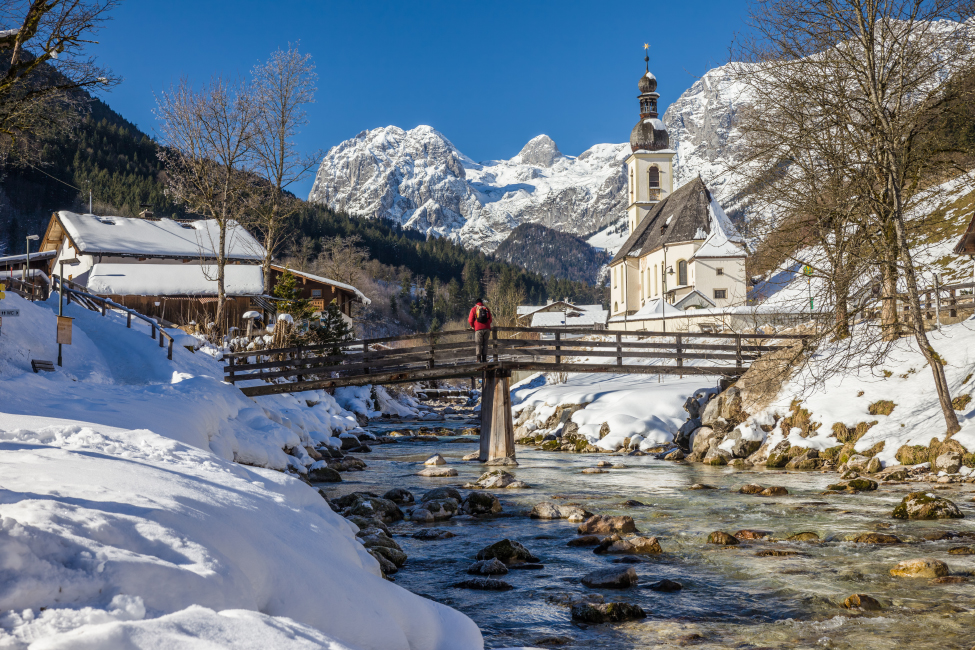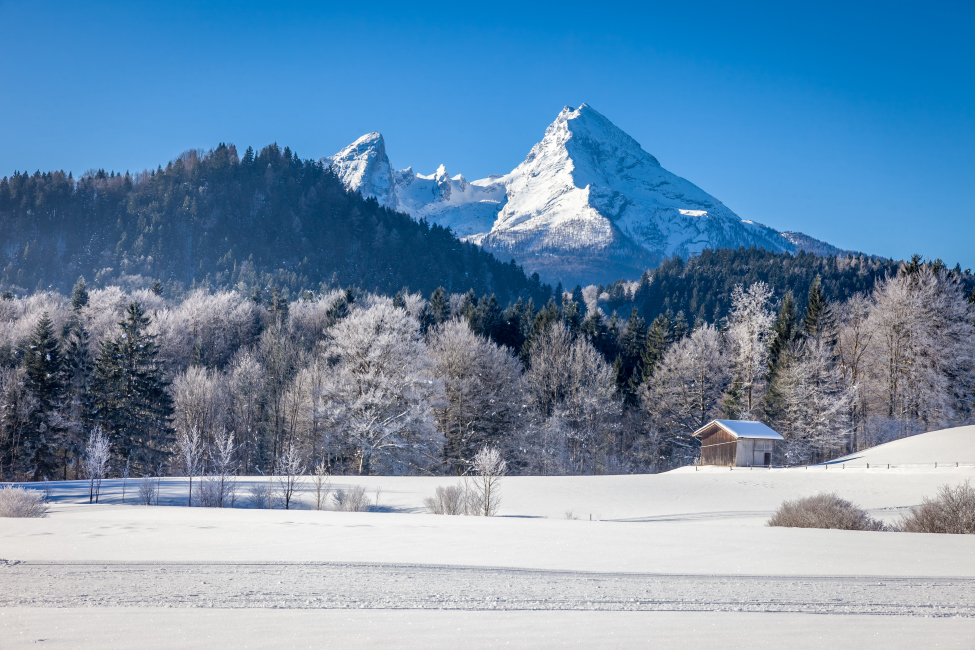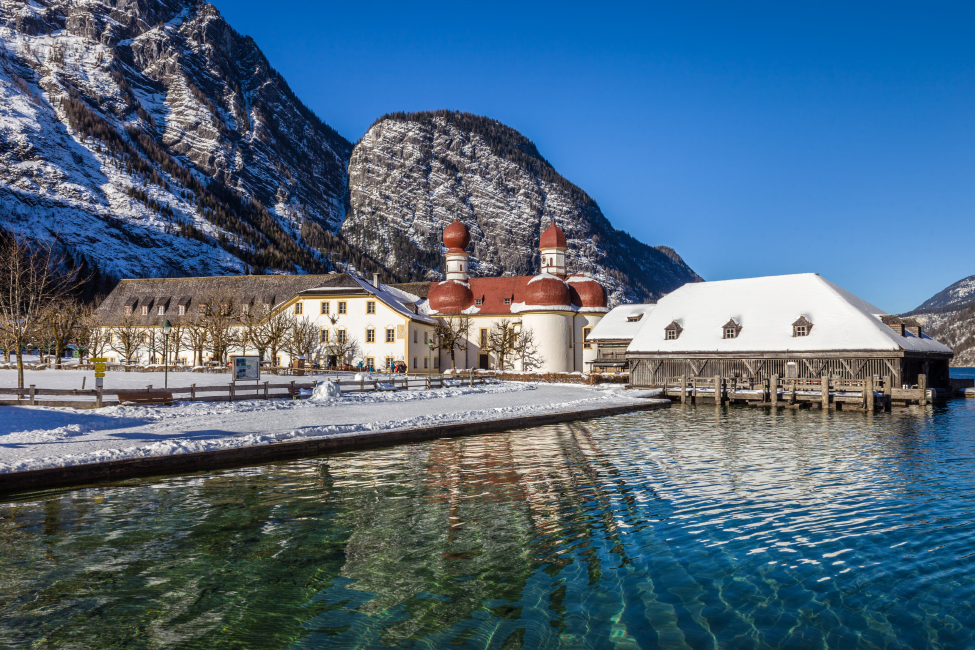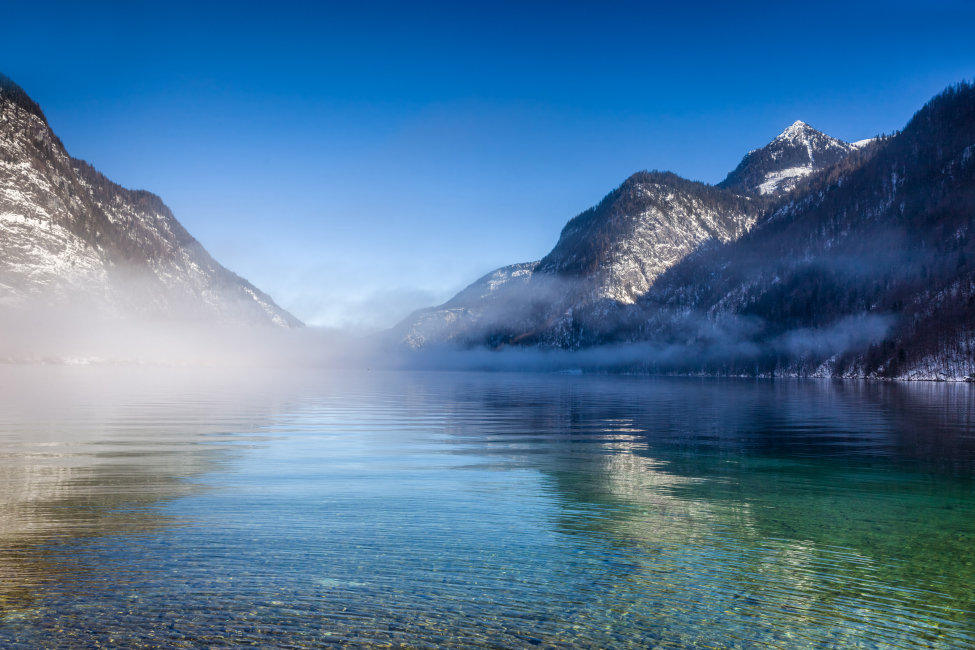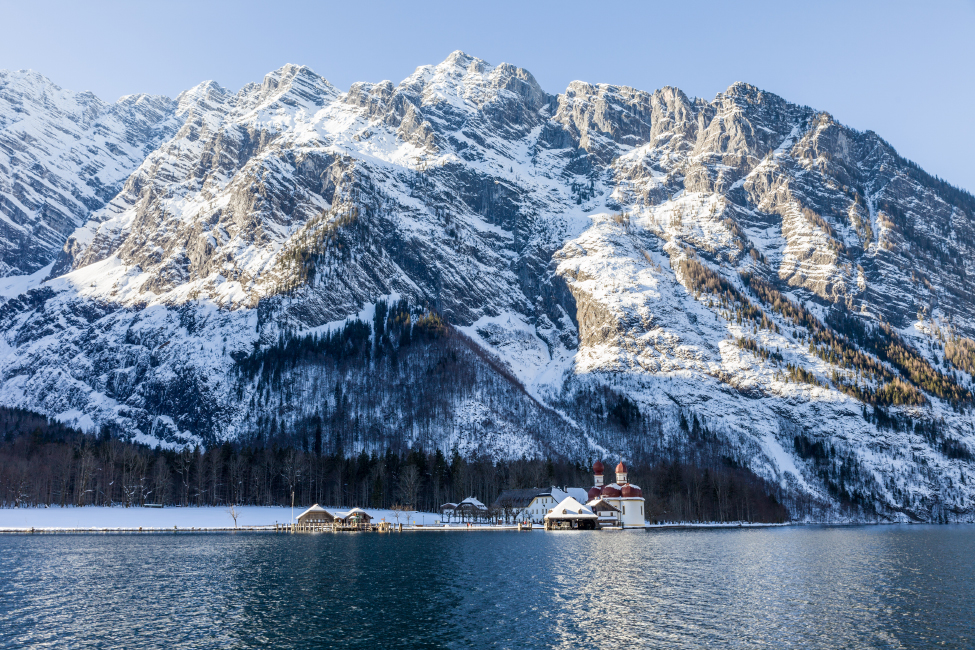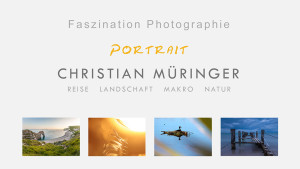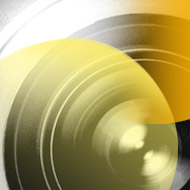23
I have already received so many wonderful messages and requests for my photos, especially from the USA. Therefore I decided to publish my pictures in the USA and to find partners who present my pictures in a high quality. So this is especially for you, my friends in the USA.
I have to say this; I am no artist, no expert, or photographer. Also, I know that you are aware that your work is breathtaking beautiful. I just do not have the words to adequately describe your work. It is all incredible. Wow! Thank you so much for doing what you do and providing us with such magnificent images. We visited your website. We watched your interview. You are truly blessed. On the outside looking in, it seems to us that to make a good photograph, you must have an eye to see the possibilities, excellent equipment, and the skill to master the equipment to produce the image you desire. Your love of nature shines through your work. – from Michael & Sharon, USA
I am pleased to announce that you can now view and buy the most beautiful of my photos as posters, frames Fine Art prints, canvas prints and in many other formats at Fine Art America.
Fine Art America is the world’s largest provider of individual wall art. I am pleased to be a part of the worldwide artist community. Fine Art America is known for its high quality standards.
I would like to show you some of my works I have now on Fina Art America and the places behind. I start with special famous places in Germany.
Castle Neuschwanstein and the Bavarian Alps
Who does not know the world famous castle of Ludwig II? It is probably the most internationally known sight in Germany. Neuschwanstein is one of the Bavarian royal castles. It is located at the edge of the Bavarian Alps near Fuessen.
Although it looks like a medieval castle, it was only built between 1868 and 1892. It is often called a fairy tale castle, because it was Disney’s inspiration for Cinderella’s castle. King Ludwig II never wanted to open the castle to the public, but rather to create a retreat with grottos and a theater, where performances would take place just for him. When the king died in 1886, Neuschwanstein was not finished. Six weeks after his death it was opened to visitors. With the entrance fees a part of the credits was paid. Even more fascinating than the interior of Neuschwanstein Castle is its majestic location embedded in the Bavarian mountains – it could hardly be more romantic and majestic.
I visited Neuschwanstein in winter. The weather was perfect. The day before it had snowed heavily all day, but the next morning it was sunny and clear. Already the drive to the castle was breathtaking. The trees of the avenue were covered with hoarfrost glittering in the sun. At the foot of the mighty mountains of the Ammergebirge lies the castle a truly magical sight.
I could see how wonderfully the castle lies in the midst of the magnificent mountain world when I took the Tegelbergbahn. The photo was taken shortly before sunset from the cabin of the cable car. On the right side of the picture you can see Hohenschwangau Castle, another castle of King Ludwig II.
Right next to Neuschwanstein Castle there are other fantastic sights. The Alpsee is a true pearl of nature. It is surrounded on three sides by mountains and its water is wonderfully pure and clear. The lake is considered one of the cleanest lakes in Germany. Although the mountain lake is located almost directly next to the much visited royal castles, it is a place of silence. I had the luck to be here on a wonderful winter afternoon. It had snowed fresh the day before, the water was calm and smooth as a mirror and the low sun made the lake shine.
Also within sight of the Royal Castle is one of the most beautiful baroque churches in Bavaria. Sankt Coloman was an Irish pilgrim around the year 1,000. According to an old tradition, he is said to have stopped on his pilgrimage to Jerusalem at the exact spot where the church of St. Colomans now stands.
The church was built in its present form in the 17th century. It is particularly typical for a baroque pilgrimage church in Upper Bavaria. What I also find particularly beautiful about St. Coloman is its location in the open countryside in the middle of Bavaria’s magnificent mountain world.
Eberbach Monastery in the Rheingau
The cistercian monastery of Eberbach is certainly one of the most important medieval buildings in Germany and belongs to the town of Eltville on the Rhine. It is situated at the uppermost edge of the vineyards of the Rheingau.
Eberbach monastery was founded in 1136. The Romanesque church was built a few years later, so the church is almost 900 years old. 200 monks of the Cistercian order lived and worked here. Today it is a museum. Eberbach Monastery was included in the UNESCO World Heritage List.
I like to come here early on weekdays. Fortunately the monastery is only 50 km away from my home in the Taunus Mountains. This historical place really has a very special atmosphere. The monastery is embedded in a narrow, green valley, surrounded by forest on three sides.
In the morning directly after the opening there are usually only few visitors. Then it is a beautiful, quiet place full of magic. I am glad that you can visit the monastery buildings freely without a guide. Before I take pictures, I like to let the places affect me to feel their special atmosphere. Of course this is only possible as long as there are not too many other people.
When the big glass windows of the church shine the morning light, one feels the sublimity of this simple but great building. The church has wonderful acoustics. Also in the other buildings one feels the breath of history. Eberbach monastery was the film set for the famous movie “The Name of the Rose” with Sean Connery.
Particularly fascinating is also the ancient vaulted wine cellar with the huge old barrels and candles. The cellar houses some of the oldest and most expensive bottled wines in Germany.
Some more images from Fine Art America of beautiful Bavaria:
These images you see in this article any many more are now available at my portfolio on Fine Art America.

